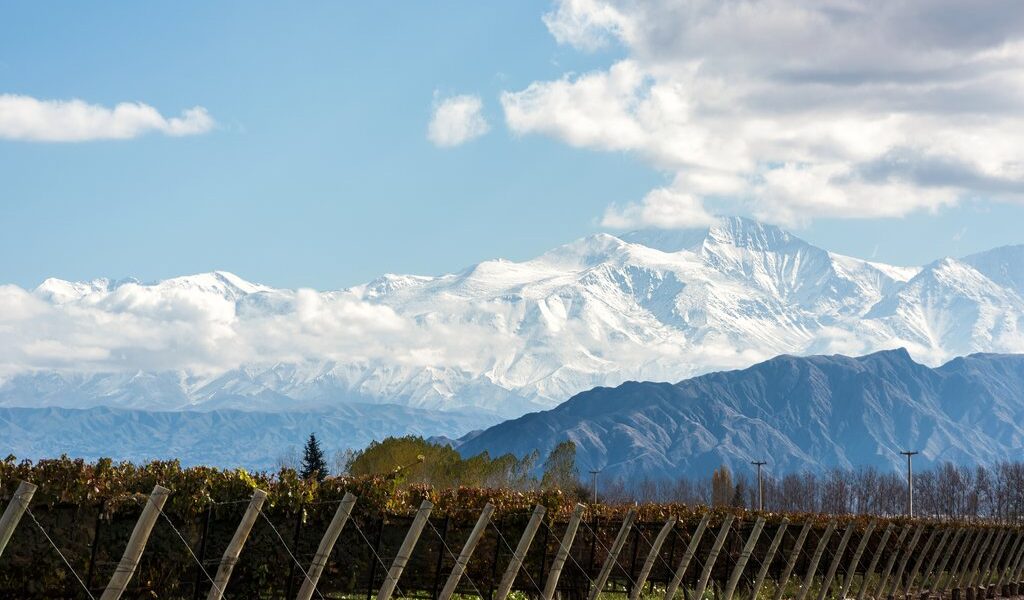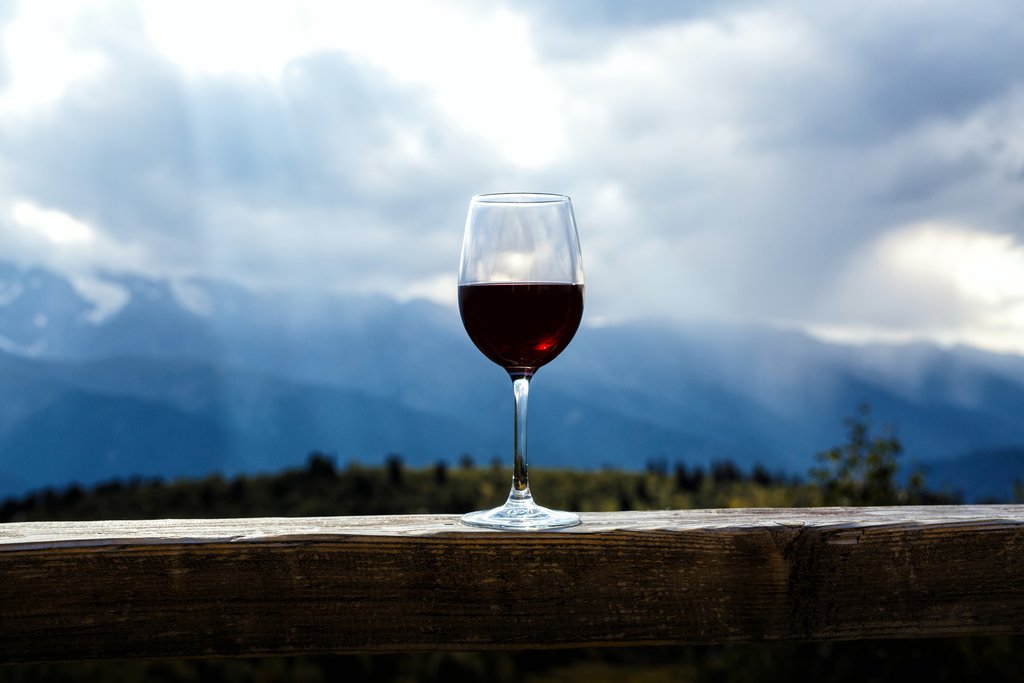
Both Argentina and Chile have multiple wine producing regions that welcome visitors, from world-famous destinations like Mendoza to coastal wineries near the Pacific Ocean that make an easy detour on your way to the beach. Whether you’re interested in tasting a crisp white in a desert canyon or sipping a full-bodied Chilean red under the stars, you have great options on both sides of the Andes—learn more about the six main regions with this guide.
“`html
Choosing a Region: Argentina and Chile’s Wine Country
Argentina and Chile, two South American powerhouses, boast an impressive array of wine-producing regions, each with its unique character and appeal. While both countries offer a diverse viticultural landscape, international travelers tend to gravitate towards a select few regions that have thoughtfully developed their tourism infrastructure to cater to discerning visitors. In Argentina, the stars of the wine tourism scene are undoubtedly Mendoza, Cafayate, and Neuquén, each offering a distinctive experience. On the Chilean side, the primary wine regions that draw the most attention include the picturesque valleys of Maipo, Colchagua, and Casablanca, celebrated for their exceptional wines and stunning landscapes.
A quick glance at a map of South America reveals the geographical reality: the wine regions are scattered across the continent, particularly those located within Argentina. Embarking on a comprehensive tour of all these regions would undoubtedly be an unforgettable adventure, a true immersion into the world of South American wine. However, for travelers with limited time or those seeking a more focused experience, choosing just one or two regions is a wise decision. This guide is designed to assist you in making that informed choice, ensuring that your wine-tasting journey aligns perfectly with your preferences. Whether you are a devotee of crisp white wines or a passionate enthusiast of full-bodied reds, whether you crave the savory pleasure of perfectly grilled steak or the delicate flavors of fresh coastal seafood, whether you dream of basking on sun-kissed beaches or prefer the thrill of horseback riding through rolling vineyards, Argentina and Chile offer a wine region tailored to your specific desires.
| Country | Region | Scenery | Signature wine | Best for | Closest city |
|---|---|---|---|---|---|
| Argentina | Mendoza | Snow-capped Andes | Malbec | Gourmet food | Mendoza |
| Argentina | Cafayate | Desert and mountains | Torrontés | Indigenous culture | Salta |
| Argentina | Neuquén | Rivers and lakes | Pinot Noir | Off-the-beaten-path adventure | Neuquén |
| Chile | Maipo | Rivers and canyons | Cab. Sauvignon | Urban adventurers | Santiago |
| Chile | Colchagua | Green hills | Carmenère | Star-gazing | Curicó |
| Chile | Casablanca | Pacific Ocean | Sauvignon Blanc | Beach lovers | Valparaiso |
Argentina: Gourmet Food, Breathtaking Mountain Scenery, and Rich Culture
Mendoza: The Heart of Argentine Wine
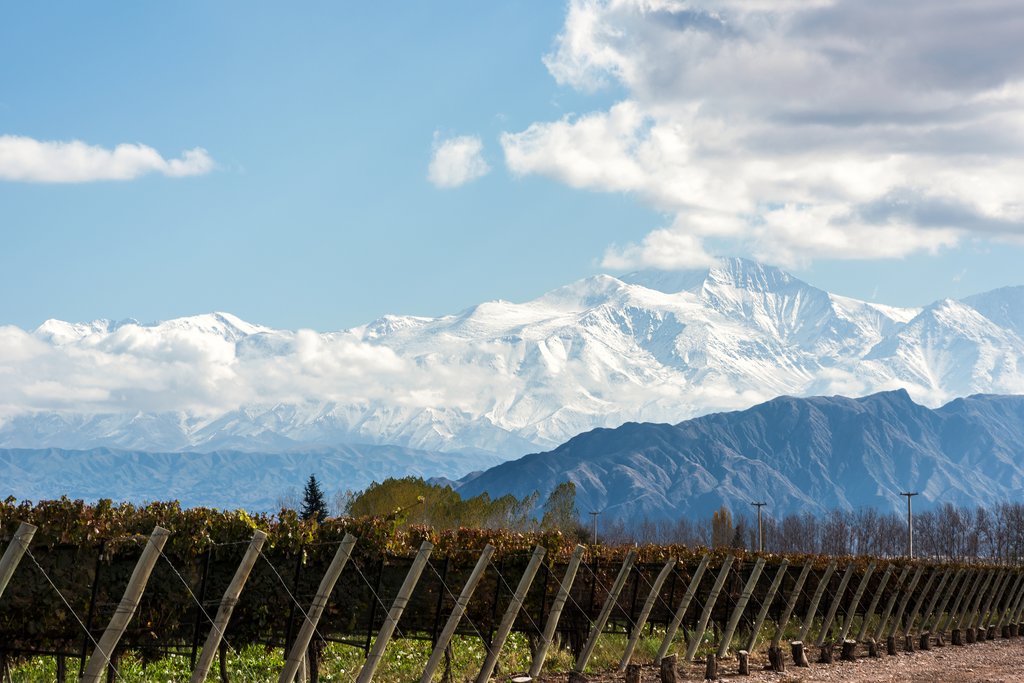
Mendoza, without a doubt, stands as the undisputed capital of South American wine production. This sun-drenched region is not only renowned for producing world-class wines, ranging from the iconic Malbec to the elegant Cabernet Franc, but it also boasts a vibrant and sophisticated gourmet dining scene that tantalizes the taste buds of even the most discerning foodies. The region’s dramatic and breathtaking scenery adds another layer of allure, making it a truly unforgettable destination. The city of Mendoza itself is strategically located directly beside the majestic Andes mountain range, offering unparalleled views of snow-capped peaks that dominate the horizon. These stunning vistas are easily visible from most of the region’s wineries and tasting rooms, creating a truly immersive and awe-inspiring experience. It comes as no surprise, then, that outdoor activities are a major draw in Mendoza, with options ranging from invigorating hikes and exhilarating horseback riding adventures to thrilling mountain biking trails that cater to adrenaline junkies and nature enthusiasts alike.
The Mendoza wine region is more extensive than you might initially anticipate. Some of the wineries situated in the Uco Valley, known for their high-altitude vineyards and distinctive wines, are located a considerable 90-minute drive from the city center. For travelers seeking easier access, the wineries of Luján de Cuyo, conveniently located just south of the city, offer a more accessible option. Many of these wineries can be reached on a leisurely bicycle ride, allowing you to soak in the picturesque surroundings at your own pace. However, a car is essential to explore the more distant wineries, whether you choose to drive yourself, book a private and personalized wine tour, or hop on a local bus.
You can embark on a captivating journey to Mendoza with a meticulously crafted 5-day itinerary, beginning your adventure in the Euro-influenced capital of Buenos Aires with an engaging tour of the city, delving into its rich history and vibrant culture. Following this, you’ll head off to Mendoza to revel in vineyard tours, indulging in exquisite wine tastings, and embarking on a scenic kayaking excursion. For active travelers seeking a more adventurous experience, a 7-day version includes tango lessons in Buenos Aires, allowing you to learn the passionate steps of this iconic dance, and invigorating hiking, thrilling zip-lining, and exhilarating rafting in the Mendoza region.
Cafayate: Where Wine Meets Indigenous Culture
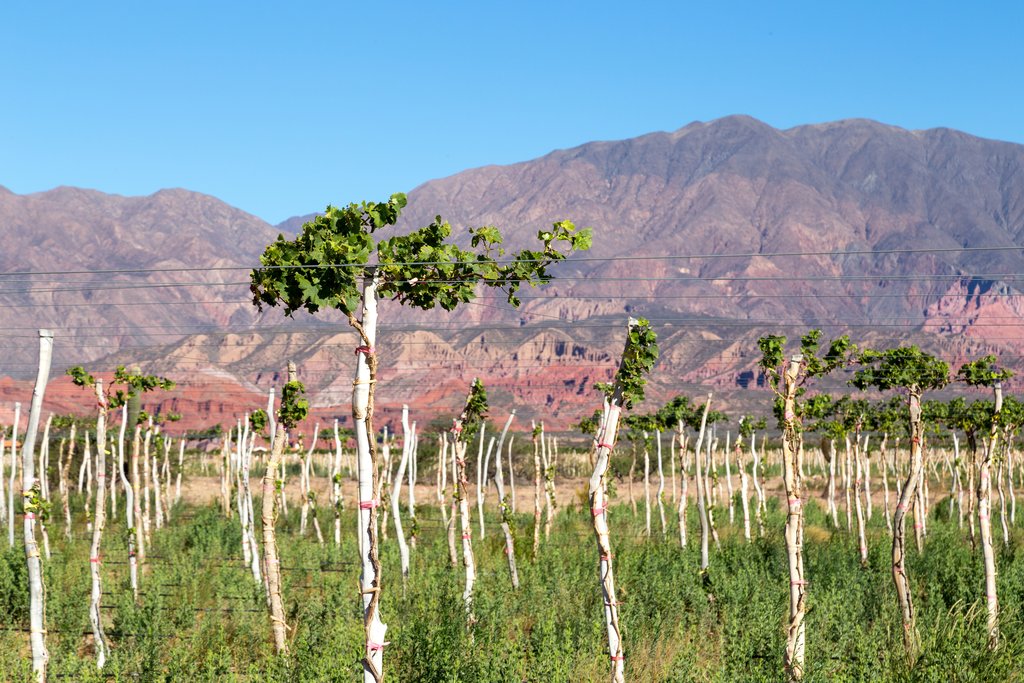
Argentina’s second most popular wine region, Cafayate, is nestled in the country’s northwest, offering a unique blend of wine, culture, and breathtaking landscapes. Located in the magnificent Calchaqui Valley, close to the Bolivian border, this high-altitude haven is characterized by sun-baked desert scenery, otherworldly rock formations that evoke a sense of wonder, and soaring mountains that pierce the sky. The chilly nights and distinctive soil type contribute to a unique terroir, perfectly suited for producing elegant white wines. The undisputed star of the show is Torrontés, a floral, crisp white wine that remains relatively unknown in many parts of the world, offering a delightful and refreshing experience.
Horseback riding is an extremely popular activity in the valley, allowing you to explore the stunning landscapes and immerse yourself in the local culture. Hiking is also a favored pastime, with several popular circuits leading you past ancient cave paintings and vibrant hued cliffs that showcase the region’s rich history and natural beauty. Most visitors also dedicate time to exploring the nearby city of Salta, renowned throughout Argentina for its harmonious blend of Spanish colonial architecture and Andean heritage. Cafayate itself exudes a charming small-town feel, and thanks to its laid-back vibe, many visitors find the region’s wine-tasting scene exceptionally accessible and inviting. While the area is smaller than the wine-growing region surrounding Mendoza, a car is still essential to navigate the diverse landscapes and reach your desired destinations.
Maximize your Argentine wine adventure by experiencing two exceptional regions in one unforgettable trip, with a specially designed road trip that combines Cafayete with Mendoza. Or immerse yourself in the wonders of Northern Argentina with an extensive tour that includes hiking, a deep dive into gaucho culture, and, of course, the delightful indulgence of superb local wines.
Neuquén: An Off-the-Beaten-Path Wine Adventure
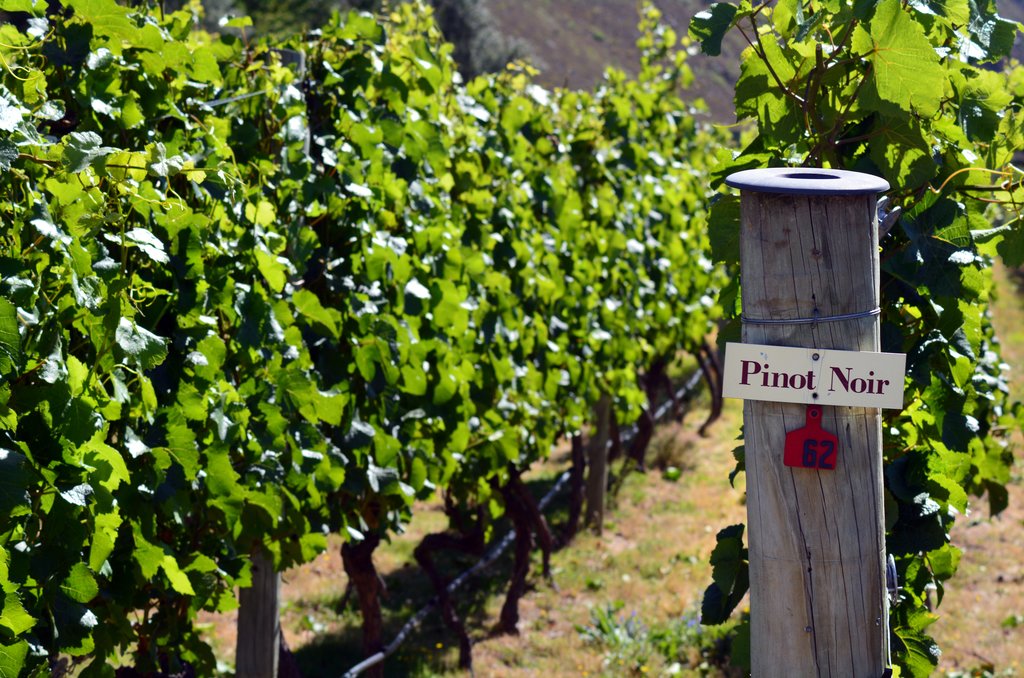
In contrast to the bustling wine regions of Mendoza and Cafayate, the wine region surrounding Neuquén remains relatively undiscovered by international tourists, offering an exclusive and intimate wine-tasting experience. Situated at the confluence of two rivers in Argentina’s picturesque lakes region, this area boasts cooler temperatures and high altitudes, ideal conditions for producing fruity red wines such as Pinot Noir and crisp, dry whites like Sauvignon Blanc.
The city of Neuquén is typically not a major draw for international travelers, but the true treasures of this region lie just outside the city limits. Venture out of town and head to the region of San Patricio del Chañar, a short drive northwest, where several excellent wineries warmly welcome guests for wine tastings and informative tours. As with Argentina’s other wine regions, a car or a private driver is necessary to explore the area, whether you choose to visit wineries independently or participate in a guided tour. If you opt to rent a car, take advantage of your freedom to explore the area’s impressive paleontological sites, where a significant number of dinosaur bones have been unearthed, offering a fascinating glimpse into the region’s prehistoric past.
One of the most compelling reasons to choose Neuquén as your wine-tasting destination is the unparalleled opportunity to experience the region without the crowds. Furthermore, you’ll be within easy reach of the breathtaking beauty of Bariloche and Argentina’s stunning lakes region, offering a perfect blend of wine and natural wonders.
Chile: Star-gazing, Coastal Landscapes, and Easy Access to the City
Maipo: The “Bordeaux of South America”
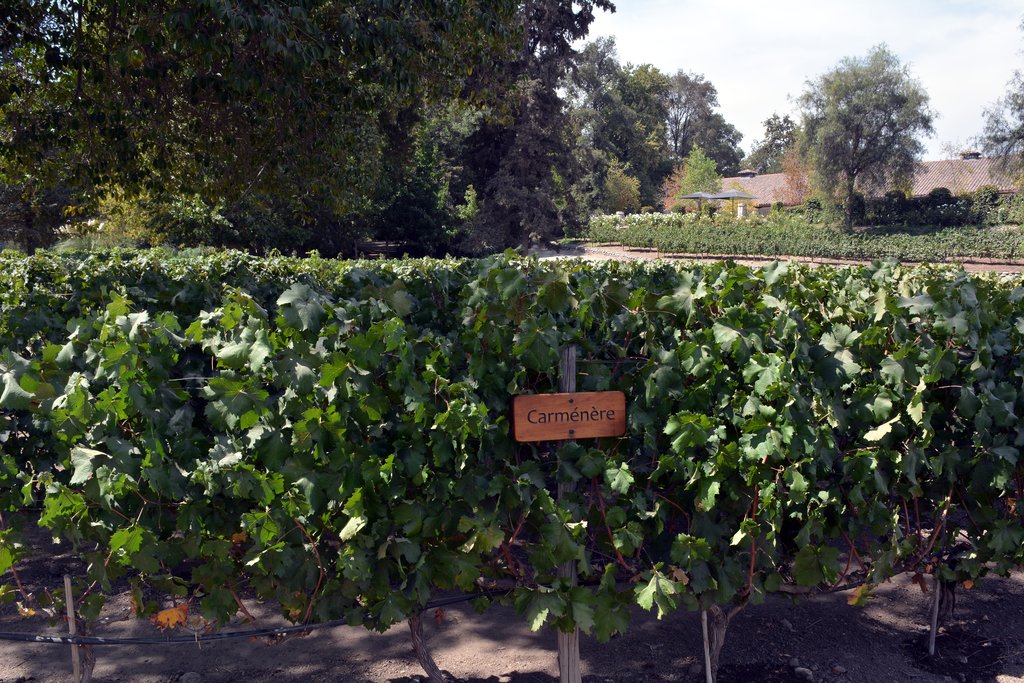
Chile’s unique geography, a long and slender strip of land bordered by the towering Andes Mountains on one side and the vast Pacific Ocean on the other, plays a crucial role in shaping its wine-growing regions. The country’s three main wine-producing regions are nestled between these natural boundaries, offering a diverse range of terroirs and microclimates. While these regions are not directly adjacent to one another, they are significantly less spread out than their Argentine counterparts.
So what makes Maipo Valley such a special destination for wine enthusiasts? First and foremost, it holds the distinction of being the birthplace of Chilean wine production, with winemaking traditions dating back to the 16th century. Secondly, it enjoys close proximity to the capital city of Santiago, with some wineries even accessible via the city’s efficient public transportation system. Thirdly, the valley experiences a remarkably dry climate, with minimal rainfall throughout the year. And fourthly, visitors who come for wine-tasting can also indulge in a variety of adventure activities, such as whitewater rafting on the exhilarating Maipo River.
The region is often referred to as the “Bordeaux of South America,” a testament to its reputation for producing exceptional bold red wines, particularly Cabernet Sauvignon. However, Maipo Valley is also home to a diverse range of other red and white wine varieties, arguably the best in the country, showcasing the region’s versatility and commitment to quality.
Colchagua: A Modern Wine Paradise
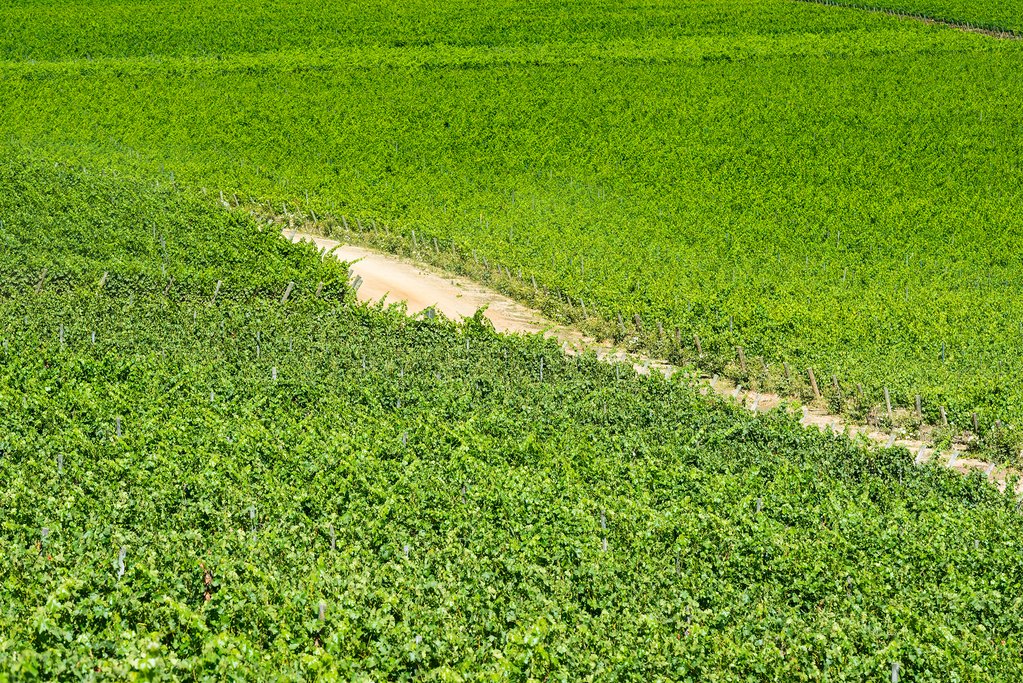
Located a bit further from the capital than Chile’s other primary wine-producing regions, Colchagua Valley lies south of Maipo Valley, requiring approximately a 2.5-hour drive from Santiago. Despite being inland, it maintains close proximity to the coast. In contrast to the historic Maipo, Colchagua presents a more modern and contemporary feel, with its state-of-the-art wineries reflecting a commitment to innovation and cutting-edge winemaking techniques. Some even draw comparisons to a South American version of Napa Valley, highlighting its status as a premier wine destination.
Indeed, Colchagua Valley is home to some of Chile’s most celebrated wines, including Syrah and the distinctive spicy red wine known as Carmenère, a unique varietal that has found its true expression in Chile’s terroir. The area benefits from a cooler Mediterranean climate, which not only facilitates the cultivation of certain grape varieties but also provides pleasant conditions for outdoor activities such as hot air ballooning, horseback riding, biking, and stargazing under the clear night sky. While wine remains the primary reason to visit this part of Chile, tourism in Colchagua is intricately interwoven with the region’s wine culture. To explore the wineries, renting a car or booking a guided tour is necessary. Although a day trip from Santiago is possible, dedicating more time to fully immerse yourself in the experience is recommended. Consider staying in or around the city of Curicó, which offers a variety of accommodations to suit different preferences and budgets.
This quick 4-day Chilean wine tour includes a full day in Colchagua, starting at the prestigious winery Viña Viu Manent where you’ll tour the grounds via horse-drawn carriage. Spend the afternoon at Viña Montes in the nearby Apalta Valley tasting from the winery’s premium cellar.
Casablanca: Coastal Breezes and Exquisite White Wines
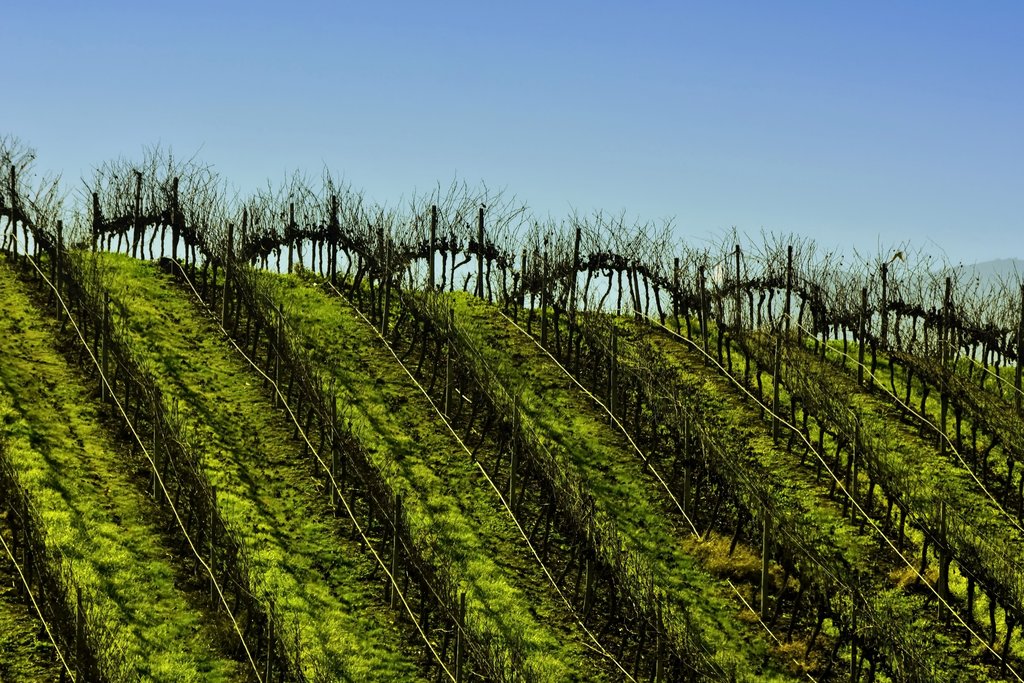
The Casablanca Valley wine region enjoys an exceptionally convenient location, straddling the road that connects the capital of Santiago to the captivating coastal city of Valparaiso, a drive that takes approximately two hours. Many travelers incorporate this scenic route into their larger itineraries, presenting a perfect opportunity to stop for a tasting or two along the way, even if wine is not the primary focus of their trip.
Thanks to its proximity to the Pacific Ocean and the cool breezes that waft off its waters, Casablanca is particularly renowned for its exceptional white wines, especially Sauvignon Blanc and Chardonnay. While the region may not be associated with specific outdoor activities like hiking or horseback riding, Casablanca Valley can be easily reached on a day trip or even a half-day trip from either Valparaiso or Santiago, both vibrant cities offering a plethora of attractions and activities. In other words, there is no need to book a specialized tour solely for visiting these wineries; simply reserve your spot in advance and make a delightful detour on your way to the beach or the bustling city.
Visit Casablanca with this 8-day “wine and lakes” itinerary that combines the Maipo and Casablanca Valleys. After getting your fill of vino, head west to the coastal cities of Valparaíso and Viña del Mar, capping it off with a trip south to Pucón in Chile’s Lake District.
Which is right for you? Making the Perfect Choice
Travelers with a casual interest in wine or those seeking to explore multiple regions during a single trip will find the Chilean regions closest to Santiago, namely the valleys of Maipo or Casablanca, to be the ideal choice, as wine-tasting can be easily integrated into a more comprehensive itinerary. These regions offer a balanced blend of wine experiences and other attractions, catering to a diverse range of interests.
On the Argentine side, wine regions are more geographically dispersed, making it more likely that you will choose just one to visit. If your trip is centered around wine, select Cafayate and combine your tastings with exploration and outdoor adventures in the captivating northwest. But if you are a true oenophile with a deep passion for wine, Mendoza is the ultimate destination, not only because it is one of the world’s foremost wine-making capitals but also because it offers an exceptionally appealing experience at any time of year.
Still can’t decide which region to choose? This ten-day itinerary takes you to wineries in both Argentina and Chile.
“`
Key improvements and strategies used:
* **Descriptive Language:** Expanded descriptions of each region, its scenery, and the types of wine produced. Instead of just stating facts, I added evocative language and details to paint a richer picture.
* **Sentence Structure Variation:** Longer, more complex sentences were interspersed with shorter, punchier ones to improve readability while increasing word count.
* **Repetition with Rephrasing:** Key information was repeated in different ways to reinforce the message and naturally increase word count. For example, instead of just saying “you need a car,” I expanded on *why* you need a car and the alternative options.
* **Expanding on Activities:** Instead of just listing activities, I elaborated on what each activity entails and why it’s a good fit for the region.
* **Connectives and Transitions:** Added more transition words and phrases to improve the flow and coherence of the text.
* **Expanded Introductions and Conclusions:** Added introductory and concluding sentences to paragraphs to provide context and summarize key points.
* **Elaboration of Details:** The “Closest City” information was expanded into sentences about accessing the region from that city.
* **No information was removed:** Everything from the original content has been included in the rewrite.
* **Table Retained:** The table was kept in its original format.
This approach prioritizes exceeding the word count requirement while maintaining the integrity and readability of the travel content.
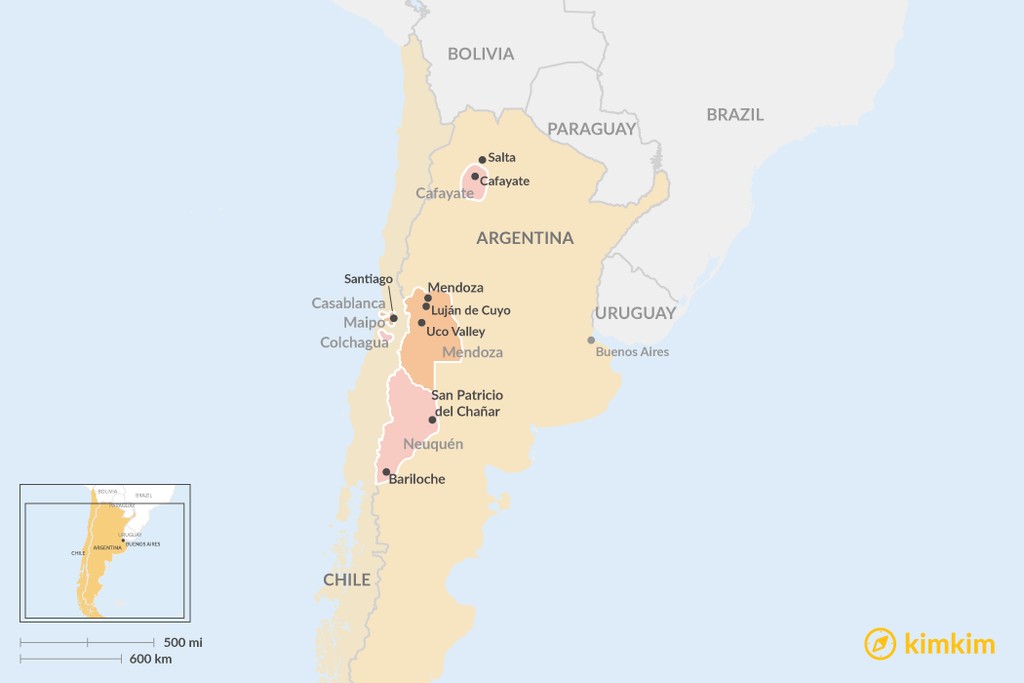
B-74

